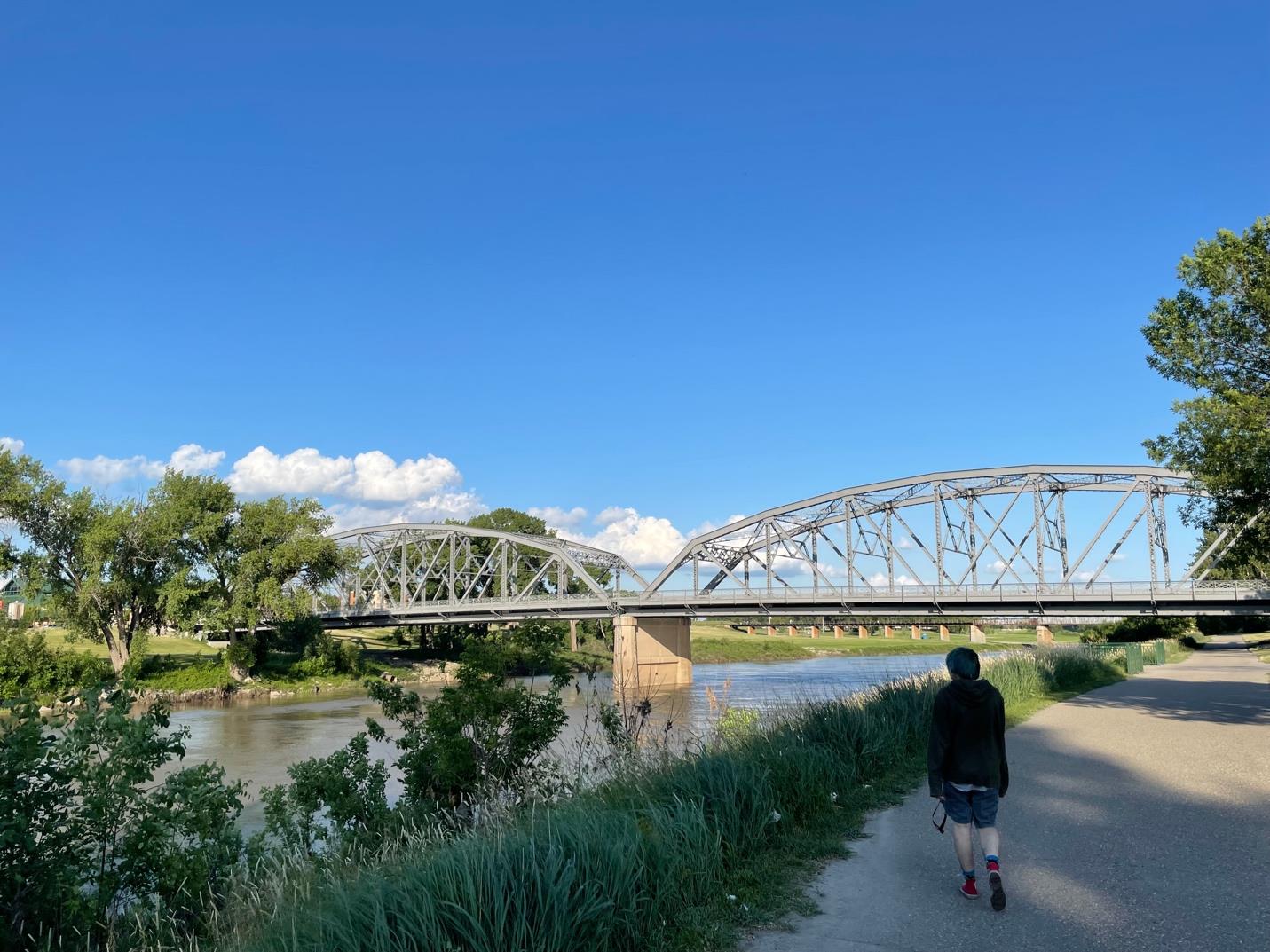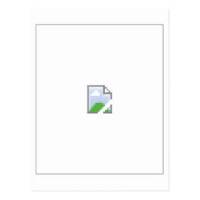Alternative Text
What is Alternative Text?
Sometimes called “alt tags” and “alt descriptions,” alt text is the short written description that typically appears in place of an image on a webpage or in a document.
Alt text is different from captions, which typically provides source identification and credit. The purpose of alt text is to textually describe a visual image in such a way that someone who can't see the image can understand that image's meaning.
Simple Alt Text Example
The following is an example of simple alt text that describes a photo. Please note: the alt text for this photo looks like a caption for illustrative purposes. Alt text is not normally displayed with images.
 One of the bridges over the Red River in Grand Forks, ND. Behind the bridge is a brilliant
blue sky with a few clouds hovering nearer the horizon. In the foreground, a person
is walking along a path toward the bridge.
One of the bridges over the Red River in Grand Forks, ND. Behind the bridge is a brilliant
blue sky with a few clouds hovering nearer the horizon. In the foreground, a person
is walking along a path toward the bridge.
Benefits of Alt Text
- For users with visual impairments, alt text can be read aloud by screen readers for users with visual impairments. · Note that if an image is complex, long description may be needed in addition to alt text.
- Written descriptions can help users process complex visual information by presenting it in multiple ways.
- Alt text is available to search engines, increasing a website’s search engine optimization.
- It can be used for voice navigation on graphical links.
- When images don’t load, alt text is displayed. This is particularly helpful when access to the internet is limited and a broken image is displayed.
Additional Benefits of Alt Text
• A written description of an image can help all users process more complex visual
information by presenting it in multiple ways.
• Alt text is available to search engines. This can help boost a website’s search
engine optimization.
• Alt text can be used for voice navigation on graphical links.
• Written descriptions display when images don’t load right away - for example, in
areas of limited internet access when normally you would get a broken image:

Alt Text Guidelines
Alternative text should be both concise and meaningful to the listener. It conveys the purpose of an image, not every detail. Consider the following when writing alt text:
- Be concise – no longer than 120 characters.
- Consider the target audience. How much knowledge do you expect the audience to have of the topic?
- If the image is also a link, the alt text should describe the link target.
- If there is text in the image, include it in the alt text.
- Avoid redundant statements like “Image of” or “This is a picture of.” A screen reader will announce that it is an image.
- If the image is already described in the surrounding text, the alt text can be very short.
- If an image is purely decorative, mark it as such (various methods depending on software).
- What is the context of the image? What meaning does it add to the page? Describe only what you expect visual users to get out of the image.
A Note About Automatic Alt Text
In many cases, programs such as Microsoft Word or PowerPoint, will automatically generate alt text for images, either using artificial intelligence, or inserting the filename or URL that the image originally came from. Automatically generated alt text is, at best, only a guestimate. At its worst, automatic alt text is actually more harmful than helpful. It's important to check alt text manually to ensure that if offers a helpful description.
Resources
- Watch TTaDA's Introduction to Alternative Text (Alt-Text).
- Watch TTaDA's Introduction to Creating Alternative Text in Microsoft Office.
- Watch TTaDA's Introduction to Creating Alternative Text in Blackboard Ultra.